Old Russian lens provides 400MPx resolution. Proved!
8/30/2016, Milan Šurkala
Manufacturers are releasing new cameras that have very high resolution sensors, but are camera lens capable to provide such high amount of details? We tested old Russian Helios-44M lens and others on theoretical 400MPx+ full frame sensor to find out the truth.
List of chapters:
- Old Russian lens provides 400MPx resolution. Proved!
- Test pictures
- Conclusion
Full frame camera manufacturers release new cameras with very high resolution sensors. Canon has 50-megapixel full frame cameras, Sony has 42 MPx and it is said that they plan to release a 70-80 MPx full frame camera this autumn. That is a huge amount of details. But are the lens capable to deliver so many details? Many will say "no" automatically. We want to answer that question and, therefore, we have tested 40 years old M42 lens on a sensor with extremely tiny 1.4-micrometre pixels.
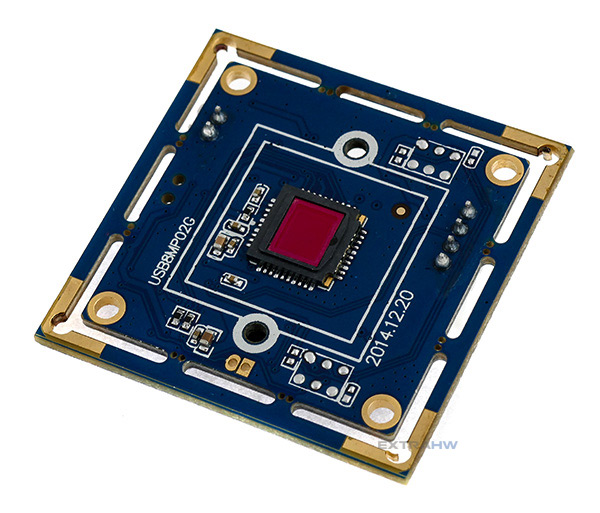
Our testing platform is the small industrial camera ELP USB8MP02G-L75 that has the small 1/3.2-inch sensor Sony IMX179. It has 1.4-micrometre pixels and 8MPx resolution (3264×2448 pixels). It means that the 8MPx image is recorded using a small tiny area of 4.57×3.43 mm. The pixel density is 51 MPx per cm2. Quite a lot.
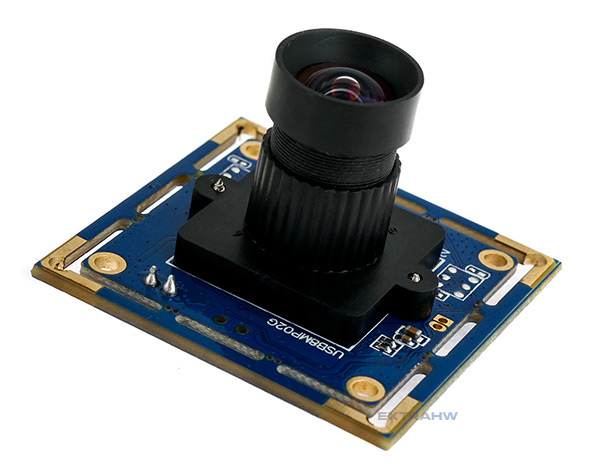
The math is simple. Theoretically, if the full frame sensor (36×24 mm) with 1.4-micrometre pixels is used, it would have the resolution of 25714×17142 pixels. That is more than 440 megapixels! For this test, we are going to use 1/3.2-inch crop only. Our testing lens is the old and very popular Helios-44M 58mm F2.0 lens for M42 mount.
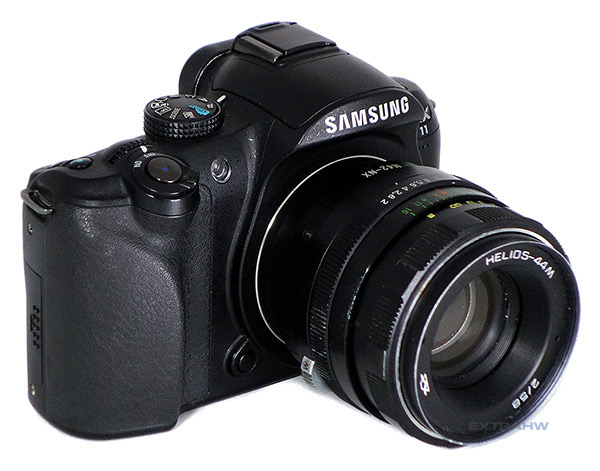
The first camera used is old Samsung NX11 with 14.6MPx APS-C sensor (23.4×15.6 mm). The total resolution is 15.1 MPx and it has the same pixel density as 35.7MPx full frame sensor. This sensor has huge 5.1-micrometre pixels.
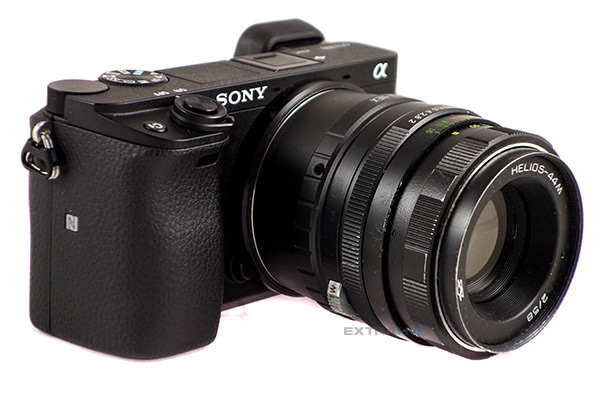
The second camera used is the new Sony A6300 with 24.2MPx APS-C sensor (23.5×15.6 mm). In this case, the total sensor resolution is 25.0 MPx. This image sensor has the same pixel density as 58.9MPx full frame sensor! The pixels are a little bit smaller, their size is 3.9 micrometres.
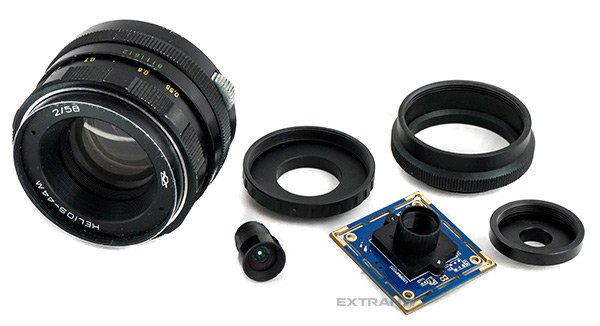
The last camera consists of above mentioned ELP 1/3.2-inch USB camera, S-C mount adapter, C-M42 mount adapter, 16mm macro ring in order to achieve flange distance of M42 mount, and Helios-44M lens.
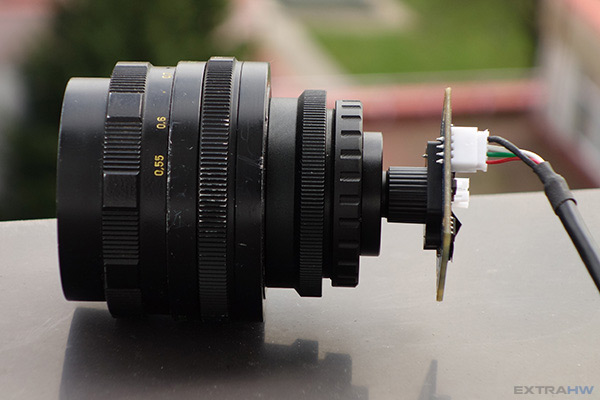
This is our testing camera when mounted together. From the left, Helios lens, macro ring, M42-C mount adapter, C-S mount adapter, 8MPx camera with S mount and USB cable.
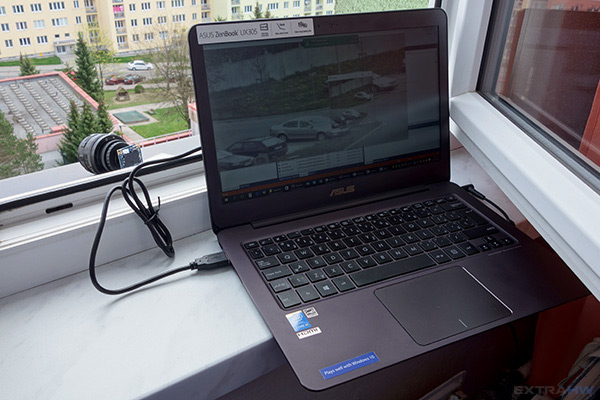
Everything was connected to a computer where a software taking the pictures was running. The images were saved in JPEG format.
Now you know our test setup. Let us take the pictures. Remember, in all cases, there is the same 58mm lens mounted in front of the sensor, we will examine the same 1/3.2-inch area (4.57×3.43 mm) of the image sensor and only the pixel density differs.
.jpg)



.jpg)


